 Every doctor places great value on their professional reputation in the medical world. This is because a doctor’s reputation is one of the primary ways a community judges the doctor’s standard of care. When this reputation is wrongly called into question, a doctor may want to use legal avenues to clear their name. A Parish of Tammany doctor found their reputation challenged and decided to fight back with their own counter-lawsuit to establish that he was not responsible for a woman’s death after his treatment.
Every doctor places great value on their professional reputation in the medical world. This is because a doctor’s reputation is one of the primary ways a community judges the doctor’s standard of care. When this reputation is wrongly called into question, a doctor may want to use legal avenues to clear their name. A Parish of Tammany doctor found their reputation challenged and decided to fight back with their own counter-lawsuit to establish that he was not responsible for a woman’s death after his treatment.
Elaine Bonano went to the emergency room and was seen by Dr. Richard Jeansonne. Dr. Jeansonne assessed her symptoms and diagnosed her with a urinary tract infection (UTI). She was ordered to take oral medication to treat the infection and had a short stay at the hospital. Less than two days later, Mrs. Bonano returned to the emergency room and was seen by another doctor at the hospital. The doctor changed the diagnosis from a UTI to a kidney infection.
Eventually, Mrs. Bonano passed away, and her husband pursued a negligence claim through a medical review panel (MRP). The claim was based on the initial misdiagnosis and his view that the improper diagnosis was the beginning of the end for his wife. The MRP met and unanimously agreed that Dr. Jeansonne’s medical treatment of Mrs. Bonano was proper.
 Louisiana Personal Injury Lawyer Blog
Louisiana Personal Injury Lawyer Blog


 Relationships between employees and employers can sour quickly when employees commit negligence during their duties. In some cases, the innocent party can seek compensation from the employer for damages caused by the employee. But what if the party causing harm is not really an employee but an independent contractor? And what if the roles are not entirely clear? A recent injury case out of Denham Springs addressed those questions.
Relationships between employees and employers can sour quickly when employees commit negligence during their duties. In some cases, the innocent party can seek compensation from the employer for damages caused by the employee. But what if the party causing harm is not really an employee but an independent contractor? And what if the roles are not entirely clear? A recent injury case out of Denham Springs addressed those questions. 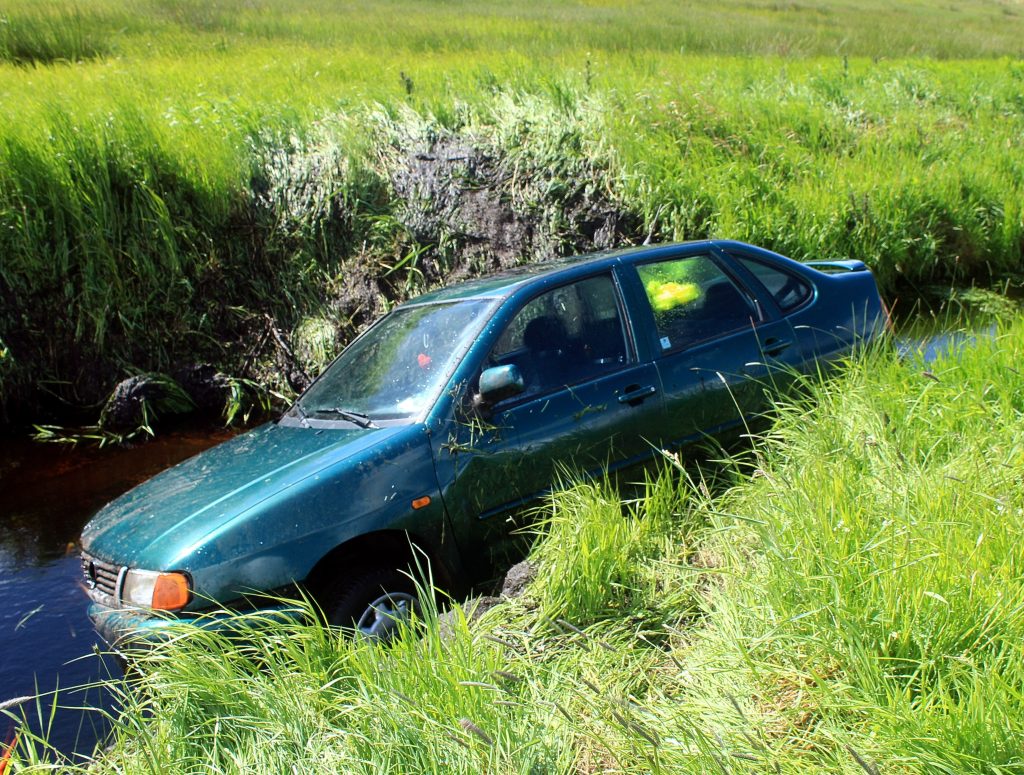 After being involved in a motor vehicle accident, you will likely be left with various damages, including medical injuries. Although you may assume insurance will cover all of your injuries and related damages, this is not always the case. The following Ouachita Parish case demonstrates the importance of understanding your policies and legal rights when it comes to motor vehicle insurance claims and of hiring an experienced attorney if you are left unsure of these rights.
After being involved in a motor vehicle accident, you will likely be left with various damages, including medical injuries. Although you may assume insurance will cover all of your injuries and related damages, this is not always the case. The following Ouachita Parish case demonstrates the importance of understanding your policies and legal rights when it comes to motor vehicle insurance claims and of hiring an experienced attorney if you are left unsure of these rights.  There are many instances when an employer may be held liable for the actions of their employees, even when the former was completely uninvolved in the tort, or wrongdoing. This scenario is referred to as vicarious liability. The court must take several factors into consideration when dealing with a vicarious liability action, as evidenced by a Caddo Parish case involving a Sheriff and his Deputy.
There are many instances when an employer may be held liable for the actions of their employees, even when the former was completely uninvolved in the tort, or wrongdoing. This scenario is referred to as vicarious liability. The court must take several factors into consideration when dealing with a vicarious liability action, as evidenced by a Caddo Parish case involving a Sheriff and his Deputy. 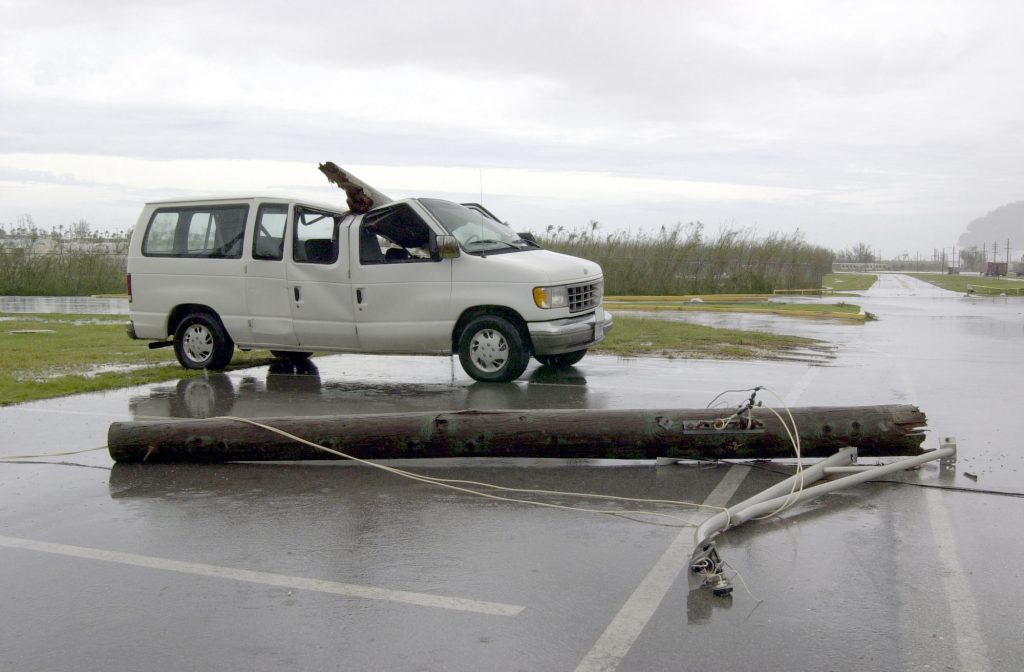 Countless people are at risk of being in a car accident every day. Imagine you are on your usual morning commute to work, but suddenly someone rear-ends you causing injuries that change your life forever. You deserve to be compensated as much as you can to restore yourself to the state you were in before the accident. However, what happens when the defendants appeal the amount of damages you are supposed to receive?
Countless people are at risk of being in a car accident every day. Imagine you are on your usual morning commute to work, but suddenly someone rear-ends you causing injuries that change your life forever. You deserve to be compensated as much as you can to restore yourself to the state you were in before the accident. However, what happens when the defendants appeal the amount of damages you are supposed to receive?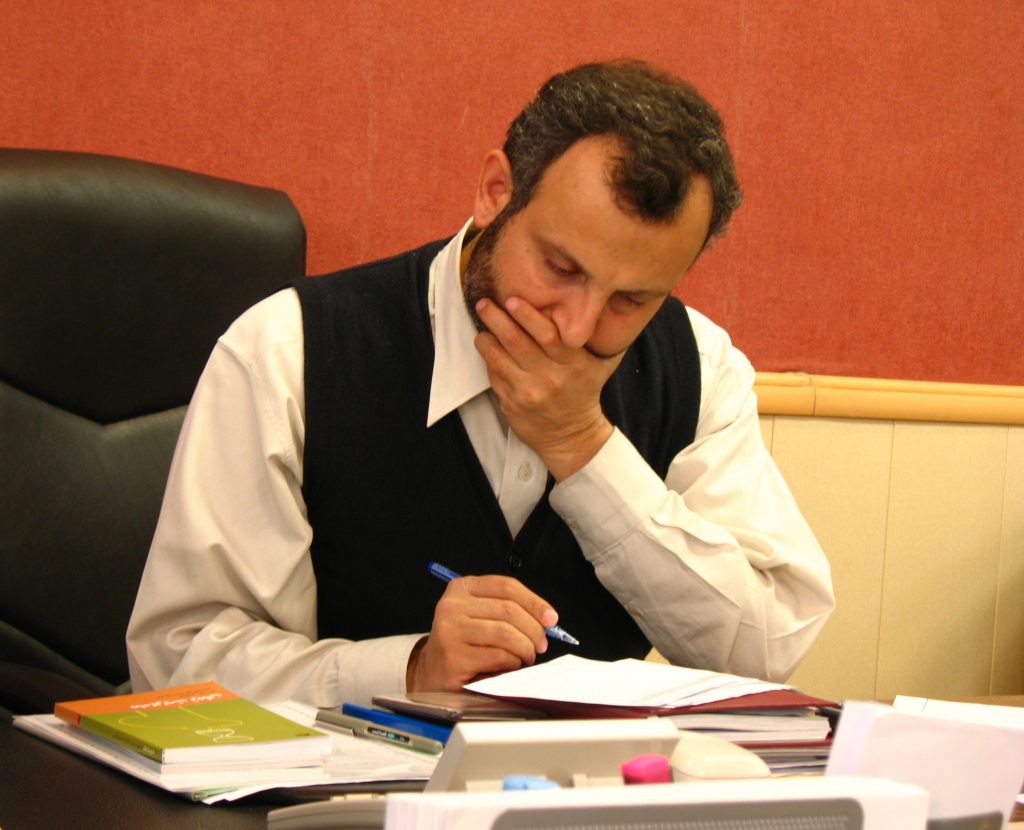 When you select someone to serve as a trustee or executor, you expect they will act in your best interest. If someone in such a position of trust breaches that obligation, they might be liable for a breach of fiduciary duties.
When you select someone to serve as a trustee or executor, you expect they will act in your best interest. If someone in such a position of trust breaches that obligation, they might be liable for a breach of fiduciary duties. 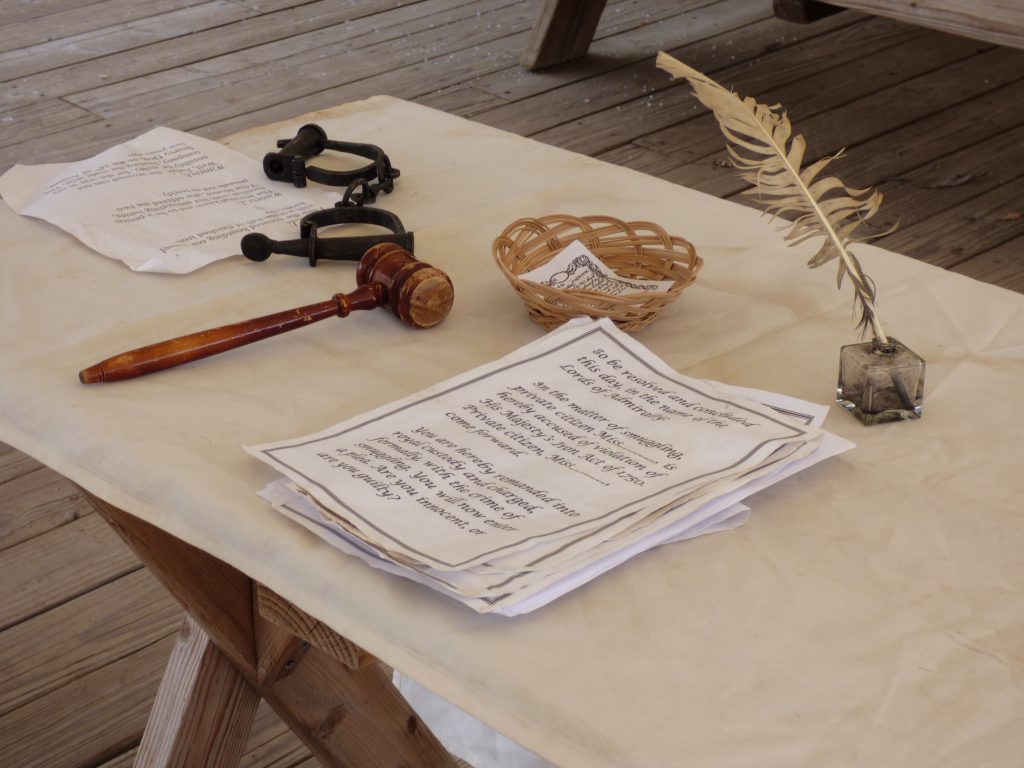 A difficult part of dealing with a family member’s death is balancing your grief with having to deal with the practical considerations of administering their estate. This can lead to family conflict, especially when there is disagreement about who gets what. Although clear language in a will or testament can help avoid such disagreement, what happens when the language of the testament and related documentation are unclear about who the deceased wanted to receive specific bank accounts?
A difficult part of dealing with a family member’s death is balancing your grief with having to deal with the practical considerations of administering their estate. This can lead to family conflict, especially when there is disagreement about who gets what. Although clear language in a will or testament can help avoid such disagreement, what happens when the language of the testament and related documentation are unclear about who the deceased wanted to receive specific bank accounts?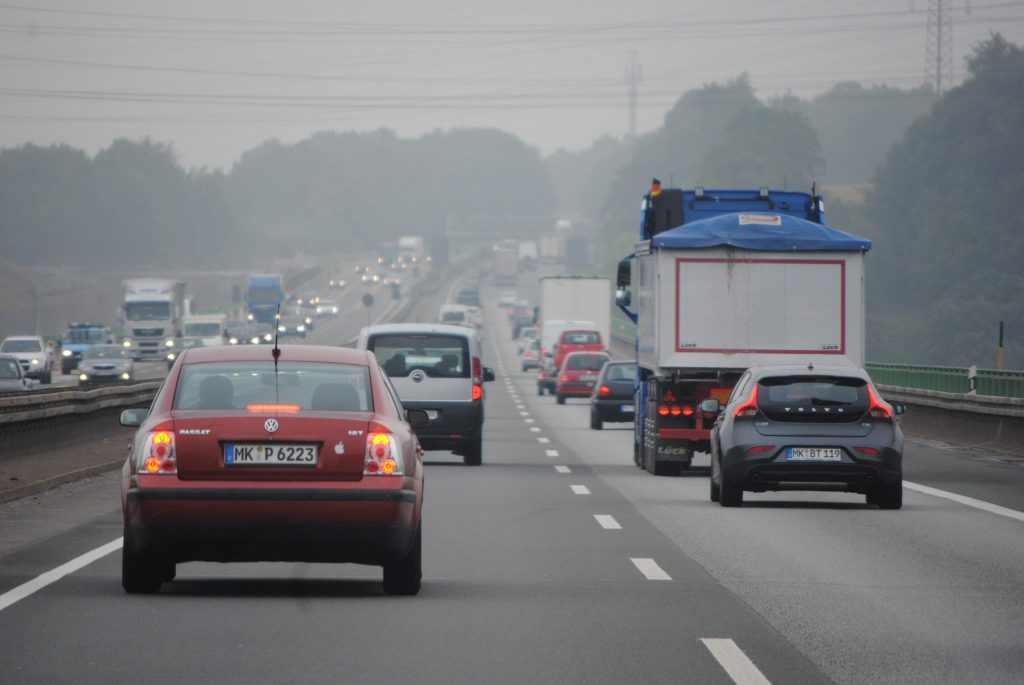 If you want to decline uninsured/underinsured (“UM”) coverage, you might think it is sufficient to merely tell your insurer you do not want UM coverage. However, under Louisiana law, there are strict requirements with which you must comply in order to validly waive UM coverage. What happens if the insured does not follow those formal requirements?
If you want to decline uninsured/underinsured (“UM”) coverage, you might think it is sufficient to merely tell your insurer you do not want UM coverage. However, under Louisiana law, there are strict requirements with which you must comply in order to validly waive UM coverage. What happens if the insured does not follow those formal requirements?  We all know that words matter. However, sometimes people use offensive or disrespectful words or slurs in the workplace. Workplaces often have policies in place that lay out prohibited behaviors and establish disciplinary actions for infractions, including use of disrespectful language. Such discipline can range from a write-up to termination and depends on the specific offense. Is use of a racial epithet grounds for termination?
We all know that words matter. However, sometimes people use offensive or disrespectful words or slurs in the workplace. Workplaces often have policies in place that lay out prohibited behaviors and establish disciplinary actions for infractions, including use of disrespectful language. Such discipline can range from a write-up to termination and depends on the specific offense. Is use of a racial epithet grounds for termination?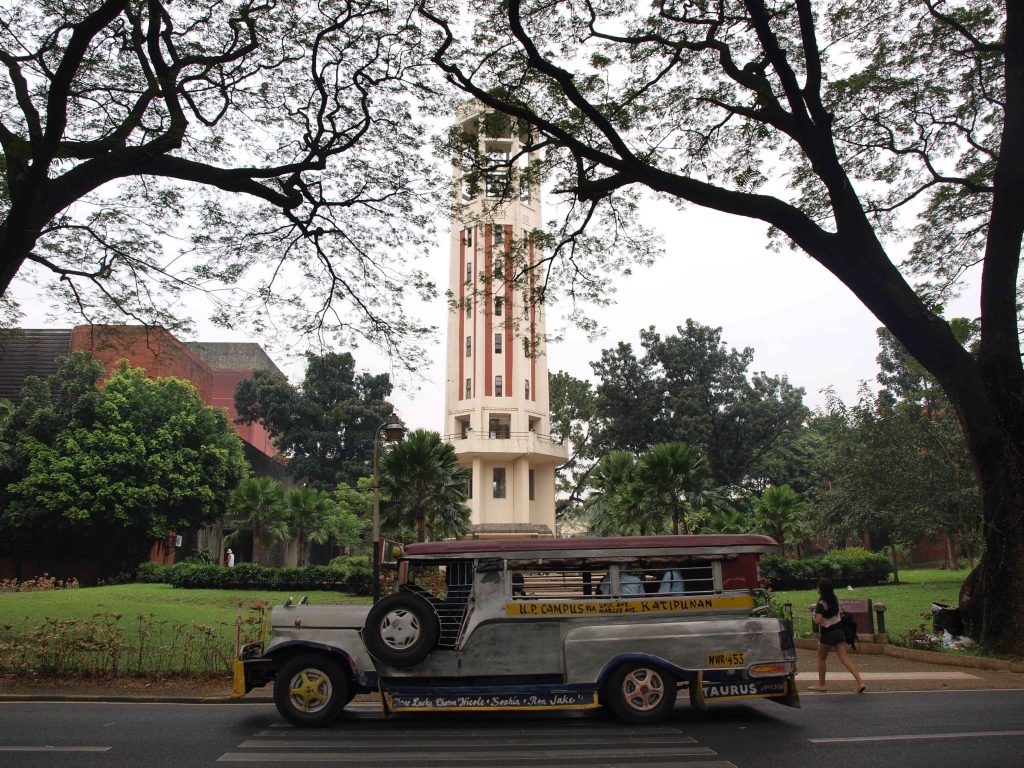 We all expect the government to take appropriate measures to keep roads safe. If you or a loved one has been harmed from an unsafe road condition, you might be able to file a lawsuit against the Department of Transportation and Development.
We all expect the government to take appropriate measures to keep roads safe. If you or a loved one has been harmed from an unsafe road condition, you might be able to file a lawsuit against the Department of Transportation and Development.